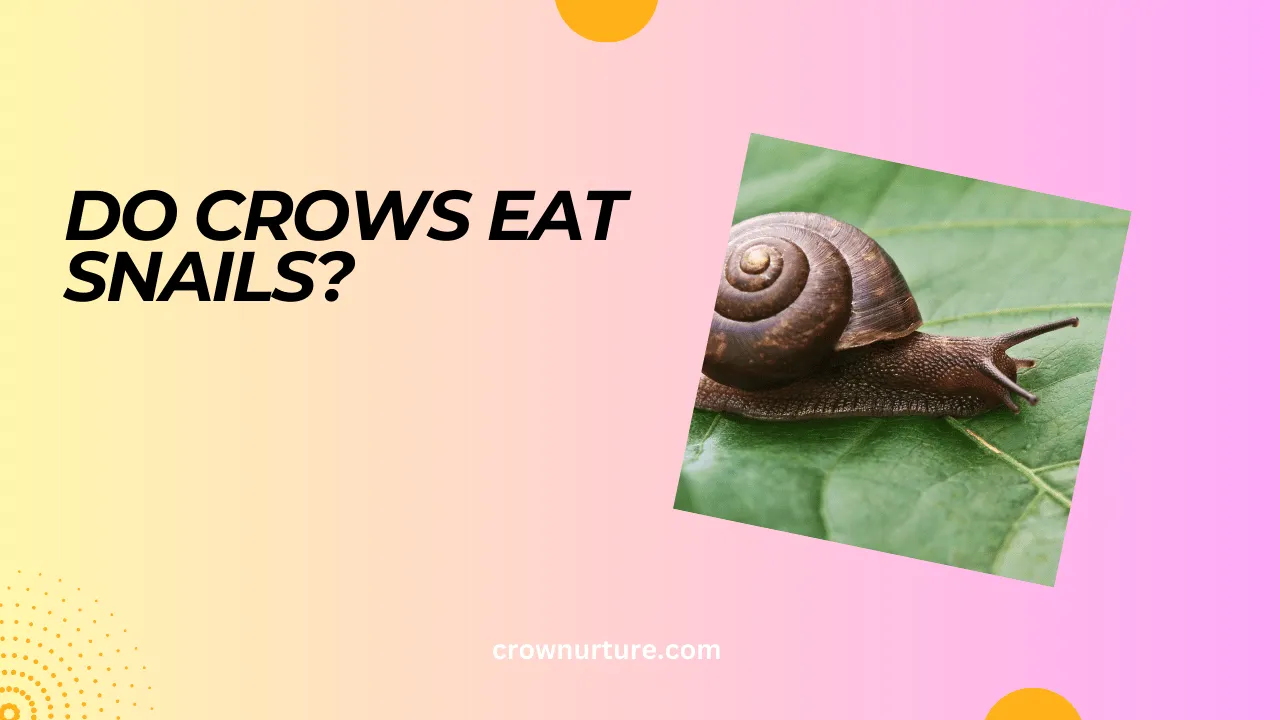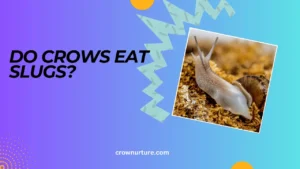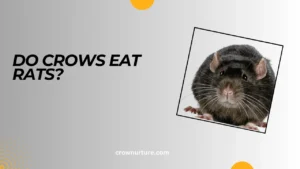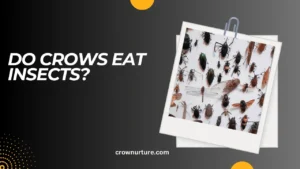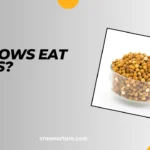Crows are among the most intelligent birds in the animal kingdom, known for their resourcefulness and adaptability. Their diet is incredibly diverse, including everything from seeds and insects to scavenged leftovers. But have you ever wondered if these clever birds target slimy snails as part of their menu?
For gardeners dealing with snail infestations, this question takes on practical significance. Could crows serve as natural pest controllers, helping to reduce snail populations in a way that benefits the ecosystem? Or are snails simply too unappealing or risky for these birds to bother with?
In this article, we’ll uncover whether snails are part of a crow’s diet. By exploring their feeding habits, foraging techniques, and the nutritional value of snails, we’ll answer the pressing question: Do crows eat snails, and if so, how does it impact gardens and ecosystems?
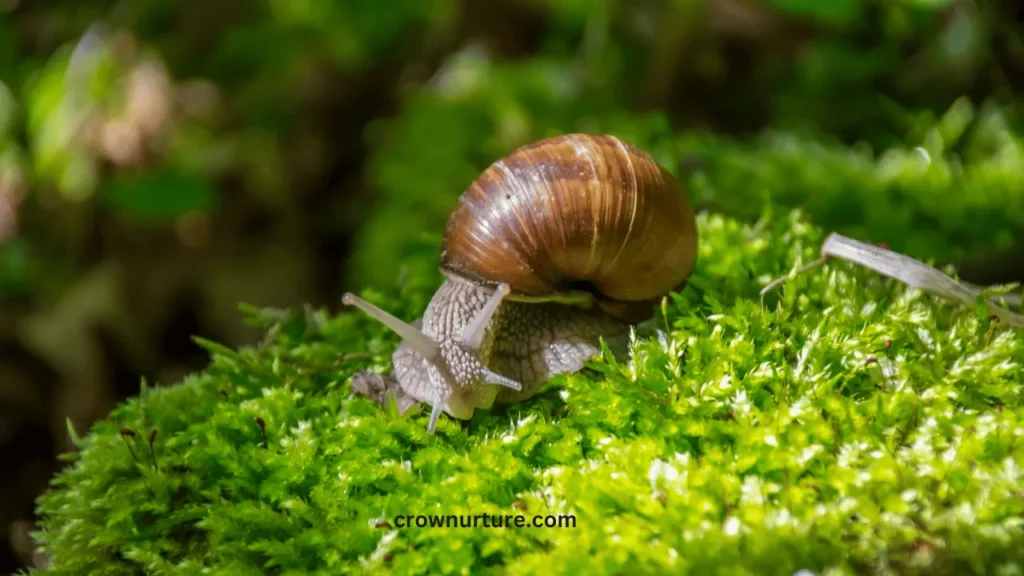
Contents
1. The Crow’s Diet: A Versatile Eater
Crows are omnivorous birds, meaning they consume both plant- and animal-based foods. Their flexible diet allows them to survive in a wide variety of environments, from urban areas to forests and wetlands.
Their typical food sources include insects, seeds, fruits, carrion, and even human leftovers. Depending on the season, they adapt their diet to what is most abundant, which often includes invertebrates like snails.
Crows’ ability to quickly adapt their eating habits means they can take advantage of whatever food is available. This adaptability is key to understanding whether they target snails as a food source.
2. The Nutritional Value of Snails
Snails are a rich source of protein, which is essential for crows, particularly during the breeding season when they need to feed their young. High-protein diets support growth and energy demands.
Snails also contain calcium, crucial for developing strong bones and eggshells. This makes snails a potentially beneficial food for crows during nesting periods.
However, snails may carry parasites or toxins, especially in areas with pesticide use. This risk could deter crows from consuming snails in certain environments.
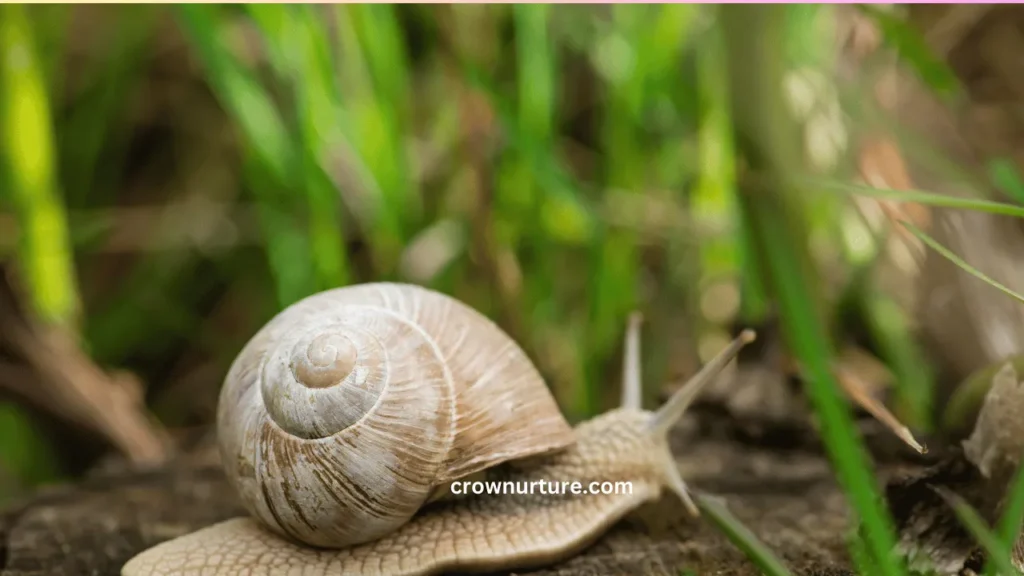
3. Crow Foraging Behavior
Crows are opportunistic feeders, which means they eat whatever is readily available. Their keen eyesight and intelligence allow them to spot snails in gardens, parks, and forests.
Crows are known to use tools and problem-solving skills to access food. In some cases, they’ve been observed cracking snail shells by dropping them onto hard surfaces—a clever technique that highlights their ingenuity.
Social learning plays a big role in crow behavior. Younger crows often learn foraging techniques from older birds, suggesting that if one crow finds snails to be a good food source, others may follow suit.
4. Studies on Crow Snail Consumption
Direct observations of crows eating snails are limited, but there is anecdotal evidence from gardeners who have seen crows feeding on snails. This suggests that while snails are not a primary food source, they are eaten occasionally.
Scientific studies analyzing crow diets have found shell fragments in some cases, indirectly supporting the idea that snails are part of their diet. However, these instances appear to be region-specific and may depend on the availability of snails.
Comparing crow diets across different regions reveals that their food preferences are largely influenced by local ecosystems. In areas where snails are abundant, crows may include them in their meals more frequently.
5. Benefits and Drawbacks of Snail Consumption for Crows
Eating snails can provide crows with valuable nutrients, including protein and calcium. This makes snails a useful supplementary food, especially during nesting or when other food sources are scarce.
However, consuming snails is not without risks. Parasites, such as lungworms, are often carried by snails, and exposure to pesticides can make them toxic. These factors may limit the appeal of snails as a regular food source for crows.
Overall, the occasional consumption of snails is beneficial but situational, influenced by environmental conditions and the crow’s dietary needs.
Conclusion
Crows are resourceful and adaptable feeders, and while snails are not a primary component of their diet, they may consume them when the opportunity arises. The nutritional benefits of snails, including protein and calcium, make them a valuable occasional food source, particularly during times of scarcity or high demand, like the breeding season.
However, the risks associated with snail consumption, such as parasites and toxins, mean that snails may not be a consistent or significant part of a crow’s diet. For gardeners, this suggests that crows could help manage snail populations to some extent but should not be relied on as the sole method of pest control.
Understanding the interaction between crows and snails highlights the intricate balance of ecosystems. It also reinforces the idea that crows are fascinating creatures capable of remarkable adaptability and resourcefulness.
FAQs
1. Do crows eat snails?
Yes, crows may eat snails occasionally, especially when other food sources are scarce.
2. How do crows eat snails?
Crows often crack snail shells by dropping them onto hard surfaces or using their beaks to break them open.
3. Are snails a primary food for crows?
No, snails are not a staple in a crow’s diet but may be consumed opportunistically.
4. Do crows eat garden snails?
Yes, crows may eat garden snails if they are accessible and abundant.
5. Do crows eat snails in urban areas?
In urban areas, crows are more likely to eat human leftovers, but they may still target snails in parks or gardens.
6. Are snails nutritious for crows?
Yes, snails provide protein and calcium, which are beneficial for crows, particularly during breeding seasons.

